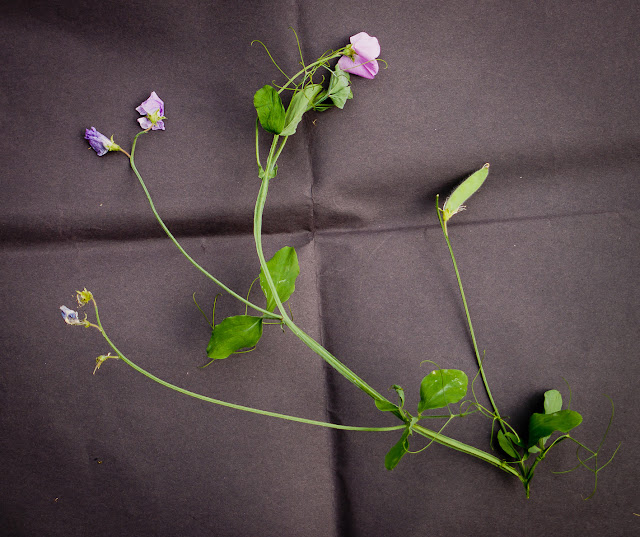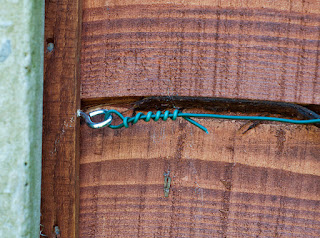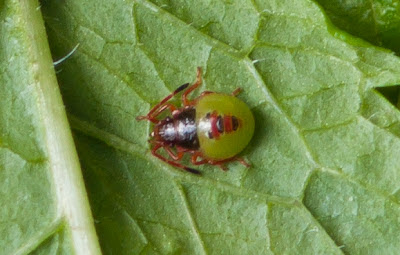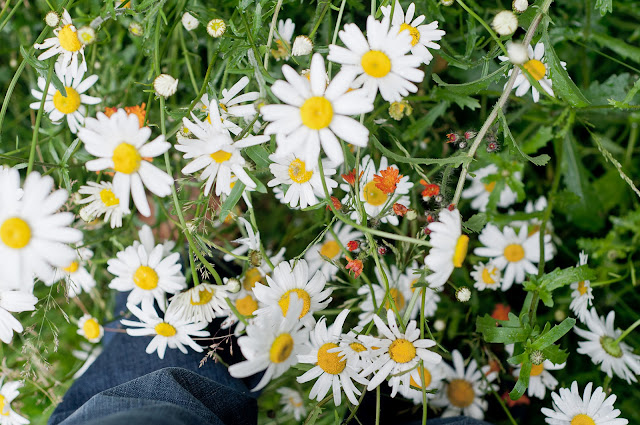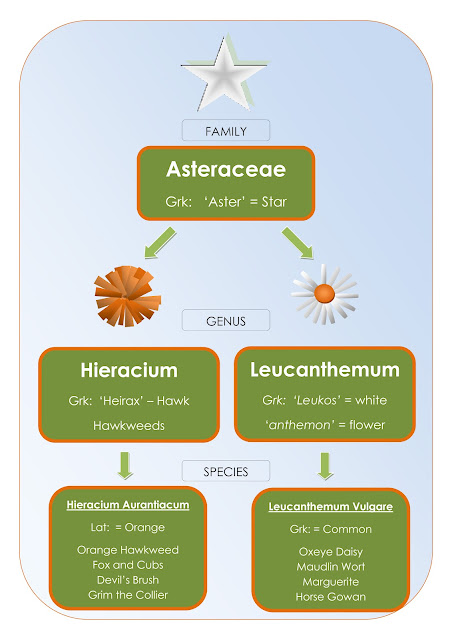[To increase Pea Quiz fervour I'll keep the answer until later in the week]
You know that disappointing moment when you realise you’ve finished reading all the newspaper articles you intended to, and you should now get up and do something domestically more productive, but you find yourself in the grip of a tea-and-biscuit fuelled inertia that whispers ‘the ironing can wait, read another section’? This Saturday morning surrounded by a litter of discarded newspapers and lulled by the rhythmic strokes of Olympic rowers (on the TV) I had one of those moments. I turned over the unread sections. Travel? Not likely in the present economic climate. Property? Ditto. Telegraph Weekend? Sounds harmless enough.
Inside I was surprised to find, hidden amongst the stair lift and recliner adverts, the fierce Germaine Greer, and that she had written an interesting article on snails. “My one-acre wood is festooned with them.” Unexpected.
The article is efficiently written covering little known facts and literary associations. She has done her research and expresses sympathy for the delicate creatures. Nothing revolutionary or challenging there at all. But us ‘Female Eunuch’ graduates need not worry that her fighting spirit has diminished with age. In looking at the contribution of poets to snail related literature she says tartly of a Thom Gunn mollusc,
“His snail is male and predatory. The image tells us more about the poet than it does about the snail.”
Good old Germaine!
Here is the poem in full, called ‘Considering the Snail’,
The snail pushes through a green
night, for the grass is heavy
with water and meets over
the bright path he makes, where rain
has darkened the earth’s dark. He
moves in a wood of desire,
pale antlers barely stirring
as he hunts. I cannot tell
what power is at work, drenched there
with purpose, knowing nothing.
What is a snail’s fury? All
I think is that if later
I parted the blades above
the tunnel and saw the thin
trail of broken white across
litter, I would never have
imagined the slow passion
to that deliberate progress.
Germaine objected to the notion that the snail is hunting, and that he moves in a ‘wood of desire’. Until today I didn’t know anything about Thom Gunn, but apparently he was a Cambridge educated homosexual Englishman who enjoyed an LSD fuelled 1960s in the Californian sunshine. Good for him. Is there a hidden agenda to Germaine’s sniffy distain of his snail? I wonder if they were contemporaries and she felt obliged to develop a resistance to his celebration of maleness.
You have to be careful how you interpret poems. The poem does have sexual undertones – gay or heterosexual, but I think it would be too easy to dismiss it as simply erotic. Poets are clever people; they know how to weave many meanings into what at first looks plain.
What strikes me in this poem is Gunn’s Wordsworthian awe of the power of Nature.
“I cannot tell / what power is at work, drenched there / with purpose, knowing nothing.”
It seems to me that he is saying this brainless animal, who doesn’t read newspapers or write blogs or believe in any ‘isms’, who knows nothing, still has a determined purpose. ‘What is a snail’s fury?’ he asks. What drives it? Where does it get its passion from?
In another poem, ‘On The Move’, he describes a group of leather-clad bikers bowling through the countryside,
They scare a flight of birds across the field:
much that is natural, to the will must yield.
Men manufacture both machine and soul,
and use what they imperfectly control
to dare a future from the taken routes.
***
the self-defined, astride the created will
they burst away; the towns they travel through
are home for neither bird nor holiness,
for birds and saints complete their purposes.
At worst, one is in motion; and at best,
reaching no absolute, in which to rest,
one is always nearer by not keeping still.
OK we’re moving away from snails here. However, I think it continues his observation on the difference between humans and the natural world. Men manufacture soul and imperfectly use it to seek meaning, whereas birds (not sure about the saints) are already complete and free from restlessness. Bird and snail don’t think, they just Be. Man has a mind and a will which only leads to discontent.
Who would have thought The Telegraph would stir up such existential musings?
Here is a
link to Thom Gunn reading his snail poem. He had a lovely voice.






